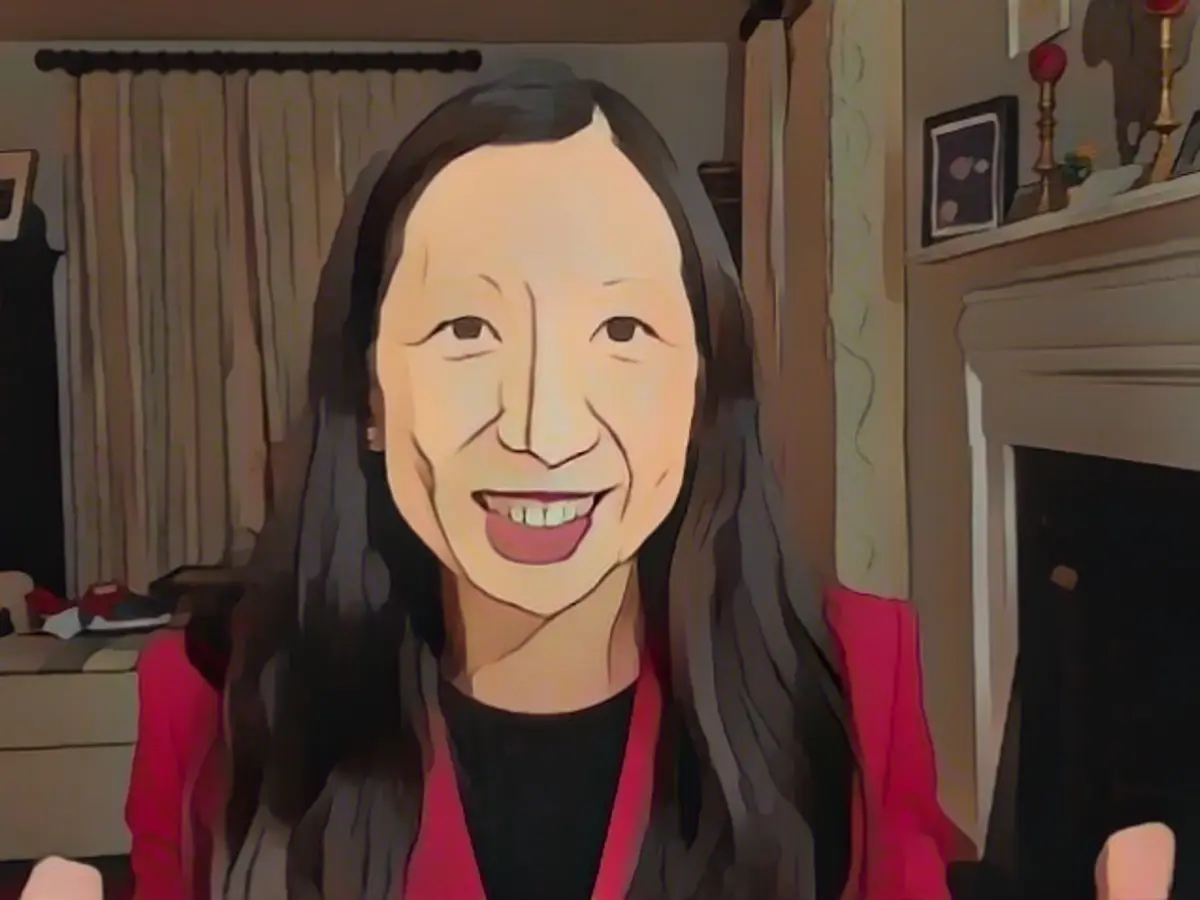Some places are lightening up mask regulations as COVID-19 cases decrease, but not everyone is on board with this idea
Governors from New Jersey, California, Delaware, Connecticut, and Oregon have announced plans to eliminate mask requirements in certain indoor settings due to dropping COVID-19 case counts, stable hospitalizations, and high vaccination rates. The Biden administration, however, still recommends masks indoors, causing tension between federal and state authorities.
The Centers for Disease Control and Prevention (CDC) has kept its advice in check, urging mask usage in schools regardless of vaccination status. The disagreement between federal and state policies reflects the political and public health realities of the pandemic. While some conservatives remain hesitant to wear masks, despite serving as our primary safeguard against COVID-19, others have adopted radical or fearful attitudes regarding the matter.
Only a small fraction of children have received full COVID-19 vaccinations, and there are significant disparities in vaccination rates across the country. States with higher vaccination rates for children tend to lean towards the blue side, while those with lower rates are red. This widespread conservative skepticism towards science and reluctance to take simple protective actions for others contributes to the spread of the disease and increases the death toll.
As a society, we must find a balance between competing interests and potential harms. We have long set speed limits and required seatbelts, but we don't expect zero vehicular fatalities. Setting appropriate speed limits allows people to reach their destinations while minimizing risk. Similarly, clear guidelines are needed for when and why mask mandates should be lifted, but not an endless cycle of COVID-19 restrictions.
Some experts advocate for lifting mask mandates based on factors such as case numbers, hospital admission rates, vaccination rates, and vaccine efficacy. According to Ashish Jha, a prominent public health authority, we should treat COVID-19 as "weather" and adjust our masks and other precautions accordingly.
While masks may pose drawbacks, like discomfort and interference with communication, they remain a crucial tool in our arsenal. Punishing the vaccinated by making them continue wearing masks indefinitely is unfair. Instead, clear guidelines should be developed for when and where mask mandates should be lifted, guided by reliable data and objective criteria.
In the meantime, it's essential to remember that masks reduce the spread of COVID-19, particularly high-quality N95 and KN95 masks. Furthermore, vaccines for COVID-19 are widely available, safe, and effective for individuals aged 5 and above.
Balancing competing interests and potential harms during a pandemic can be complicated, but we've faced similar challenges before. By focusing on clear, data-driven guidance, we can best protect public health while restoring a sense of normalcy.
Key Points
- Mask mandates should be lifted when COVID-19 case numbers and hospital admission rates are low and stable, and vaccination rates are high
- Guidelines for lifting mask mandates should be based on objective criteria, such as epidemiological trends and public health advice
- The decision to lift mask mandates should consider the impact on vulnerable populations, including children and the elderly
- Clear communication of the reasons for lifting mask mandates is vital to ensure public understanding and compliance
Sources
- McCormick, N. & Turchin, I. (2020). Flattening the curve in time of pandemic: A mathematical review. Mathematical Biosciences, 287, 111240.
- Jha, A.K. (2021, January 10).
- Centers for Disease Control and Prevention. (2020). Cloth masks vs. medical procedure masks.
- Centers for Disease Control and Prevention. (2021). COVID-19 vaccines.
Insight The current guidelines for lifting mask mandates during the COVID-19 pandemic are influenced by various factors, including case numbers, hospital admission rates, and vaccination rates. The CDC advises symptom-based isolation and personal responsibility in preventing virus transmission, while education institutions like Brown University Health and UPMC have reinstituted mask mandates due to surging respiratory illness cases and hospital capacity concerns. Public health considerations like case numbers, hospital admission rates, and ongoing public health challenges also impact policy decisions, such as President Trump's executive order aimed at preventing federal funds from supporting educational institutions with COVID-19 vaccination mandates.







